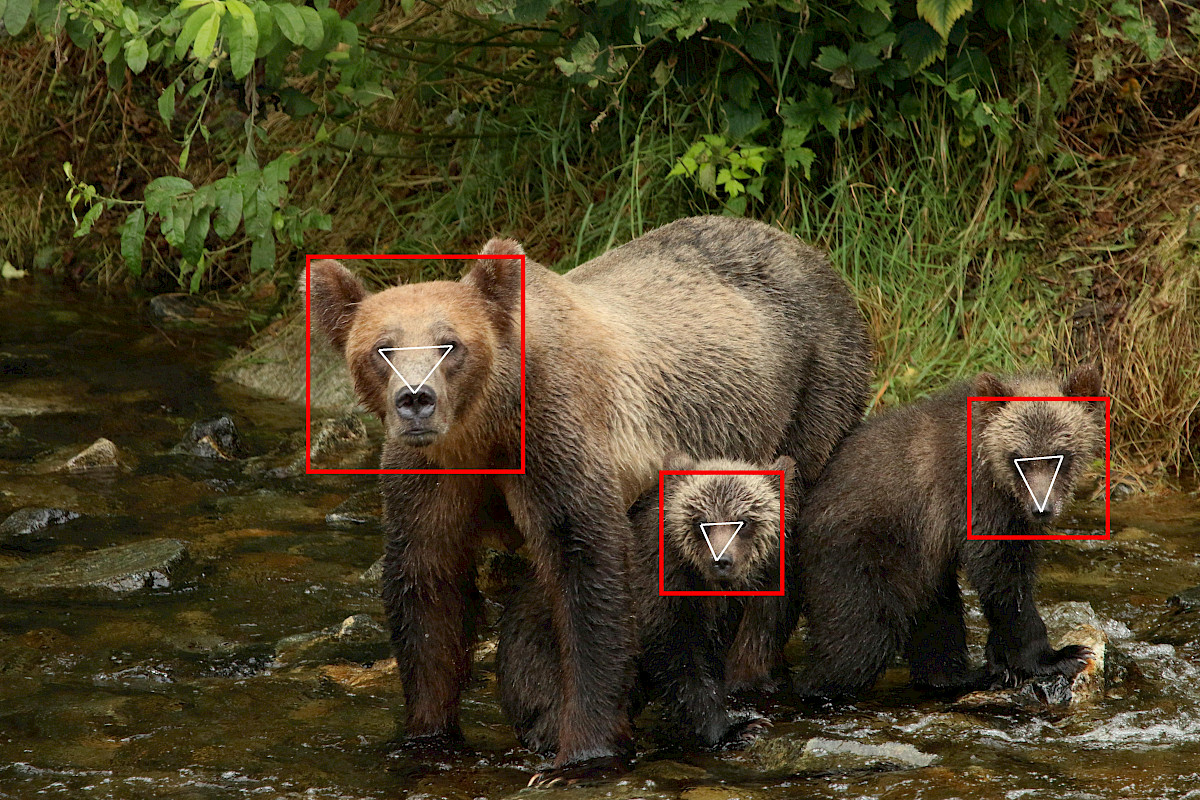
How do we identify individual wild animals in camera trap images for research and monitoring? How consistent is it over time? How do we quantify confidence in individual ID? These are all questions that come to mind when considering whether to identify individual animals in wildlife research. I have studied a population of grizzly bears in coastal BC for over a decade now, conducting daily observations during fieldwork, and there are still some individuals that perplex me in terms of ID. This is down to the fact that grizzly bears, along with other species that lack stable distinguishing body markings, are really difficult to visually identify at the individual level. Add to that fluctuating body weight, moulting, age progression, and wide-ranging behaviour and you have a conundrum on your hands.
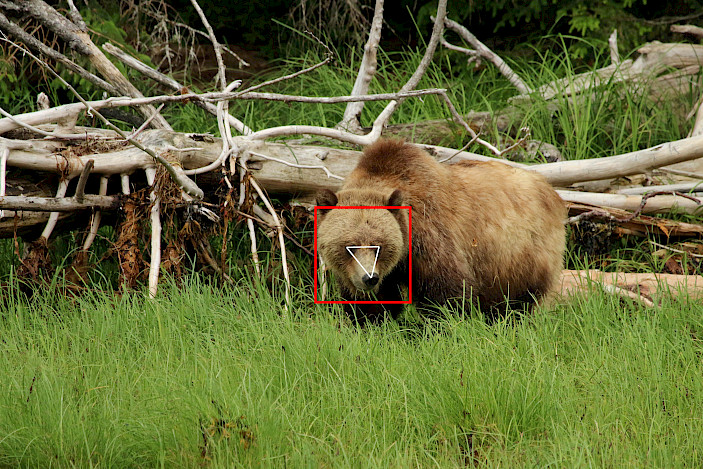
However, people who live and work alongside this species on a daily basis do begin to be able to visually distinguish between individuals, both wild and captive, so we know that it is possible to achieve with training and learning. However, there could be other methods to recognise individual bears that rely on learning in a more digital sense. Perhaps an automated process would allow more scientists to include data on individual animals in their research, regardless of whether they have experience in identifying individual bears or not. This could also provide a more objective method of individual ID.
In November 2020 we published a new method to recognise individual grizzly bears in photos using facial recognition through an artificial intelligence (AI) technique called deep learning. Deep learning models learn based on experience, so in order to focus on recognising individual bears from facial images, we needed an image dataset of previously identified bears to train the networks. We collected datasets (4,675 total images) from two bear populations that have been subject to long-term monitoring: Knight Inlet, BC and Katmai National Park, Alaska. The current version of our software ‘BearID’ (version 20.05) detects a grizzly bear face in a photo, crops and manipulates the image, and processes the face using a convolutional neural network (CNN). This provides a metric needed by the classifier to identify the individual captured, based on an existing database of individuals.
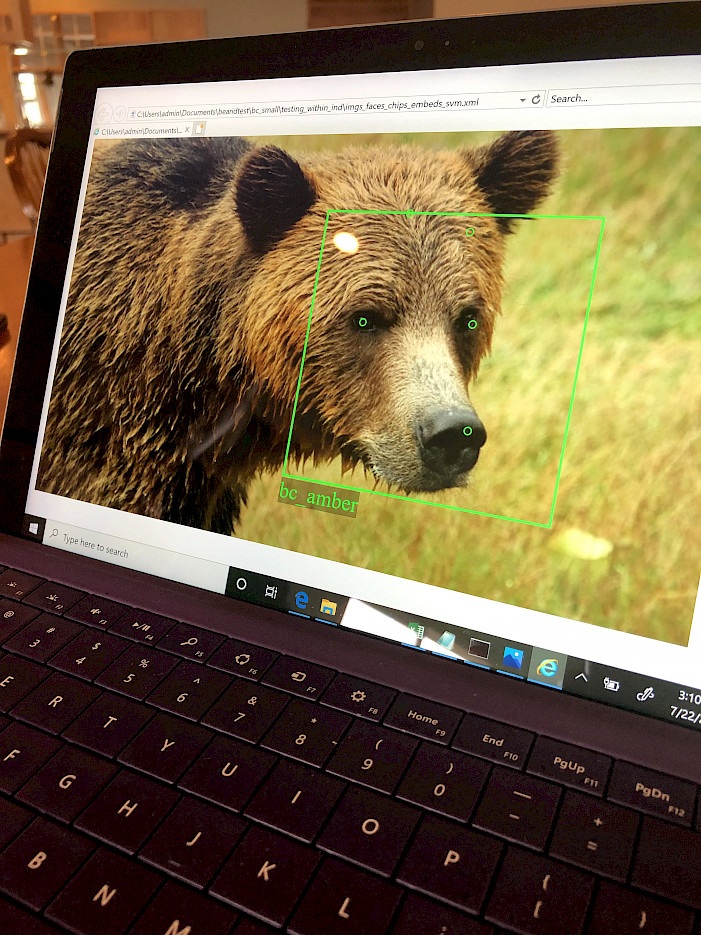
An important aspect of the learning process is that other than providing the ‘ID label’ (individual name/number) for the bear featured in each image, we don’t provide any instructions as to what aspects of the face are important for ID between individuals. The deep learning networks learn based on the images that we provided during training, allowing the networks to use attributes that a human observer may not be consciously aware of. Our current version achieves a face detection average precision of 98% and a recognition/classification accuracy of 84%.
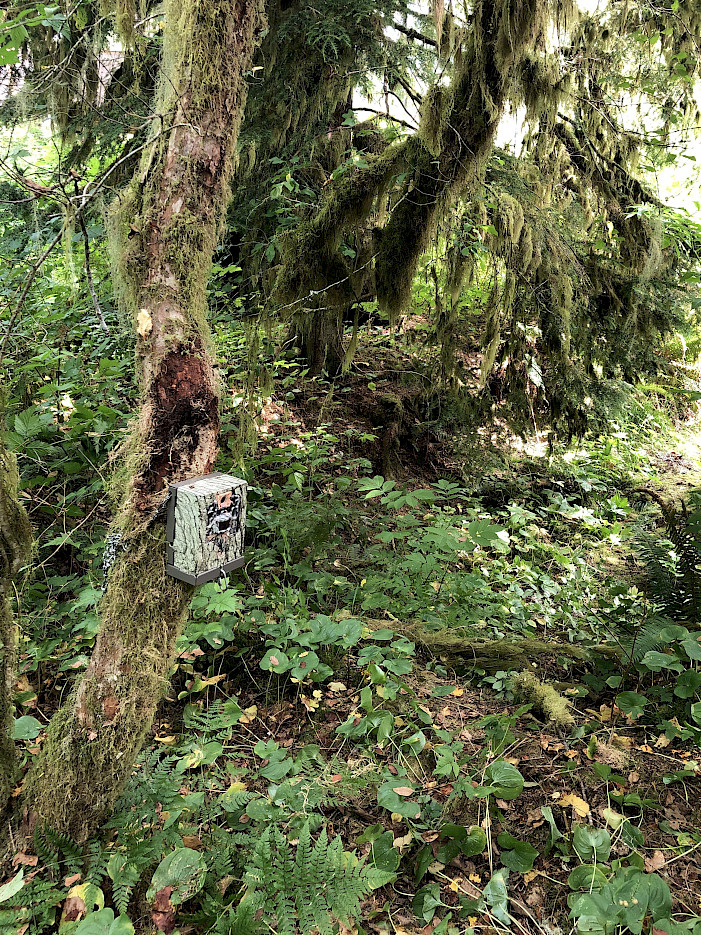
Next Steps
The current software represents our first step towards integrating automated individual photo ID into wildlife research for species that lack stable markings. There are several directions where we would like to take the project, the first being to supplement the training data and try to achieve a recognition accuracy of >90%. We are also examining the current version of BearID further, in order to gain a more comprehensive understandings of how and why ID errors are made. We hope this will allow the transferability and application of BearID within ecological research to become clearer going forward.
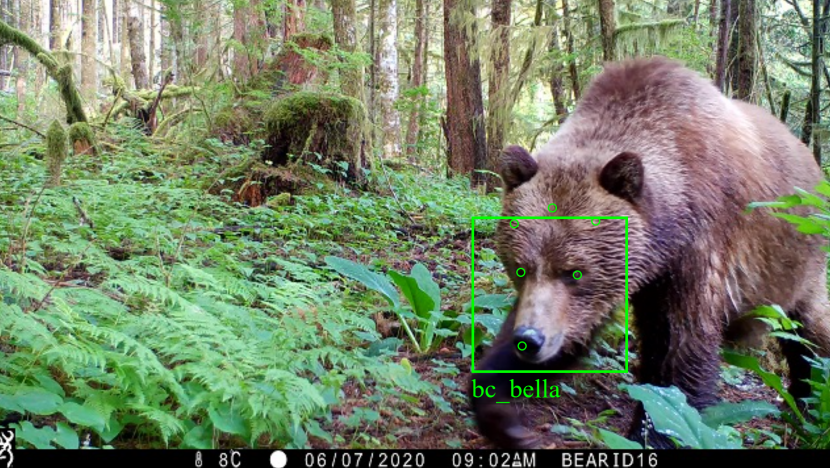 |
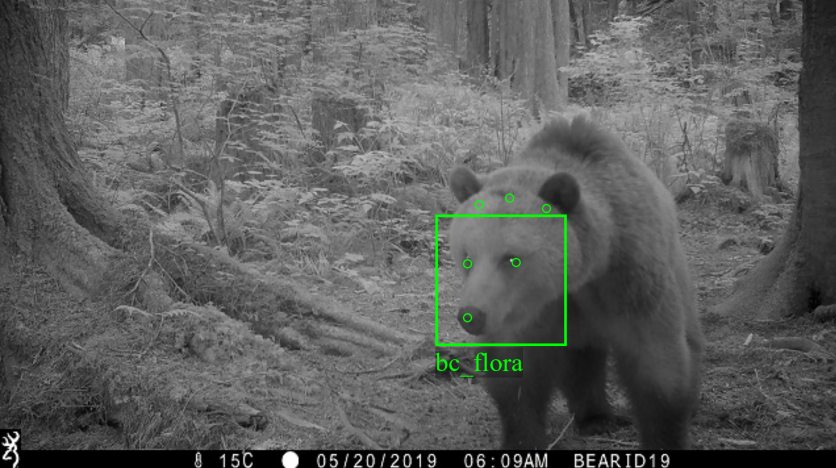 |
Our next major step is to conduct retraining and testing using camera trap images. We have been collecting camera trap videos of grizzly bears at two sites in BC, focusing of facial capture since 2017. Our aim is for BearID to be integrated with camera trapping in order for unknown bears to be included, and to more closely address the needs of researchers and decision makers.
About the Author
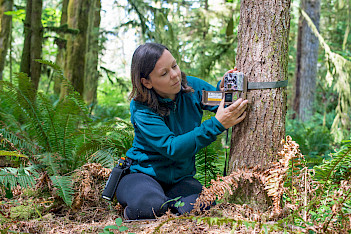
Dr. Melanie Clapham is a Postdoctoral Fellow at the University of Victoria, within the Applied Conservation Science Lab. She also serves as a Director and Conservation Scientist for the BearID Project. Her research focuses on using non-invasive research methods to advance understanding of the social behaviour of solitary mammals, specifically bears. She is especially interested in the application of conservation technology to advance field techniques for large carnivore research.
Project team and partners
Melanie Clapham, Ed Miller, Mary Nguyen, Chris Darimont.
University of Victoria, NSERC, Knight Inlet Lodge, Wild Bear Lodge, Nanwakolas Council, Ha-ma-yas Stewardship Network.
For more information and updates see bearresearch.org or follow @bearid_project on Twitter - and read the paper that's been published on this new method (https://doi.org/10.1002/ece3.6840).